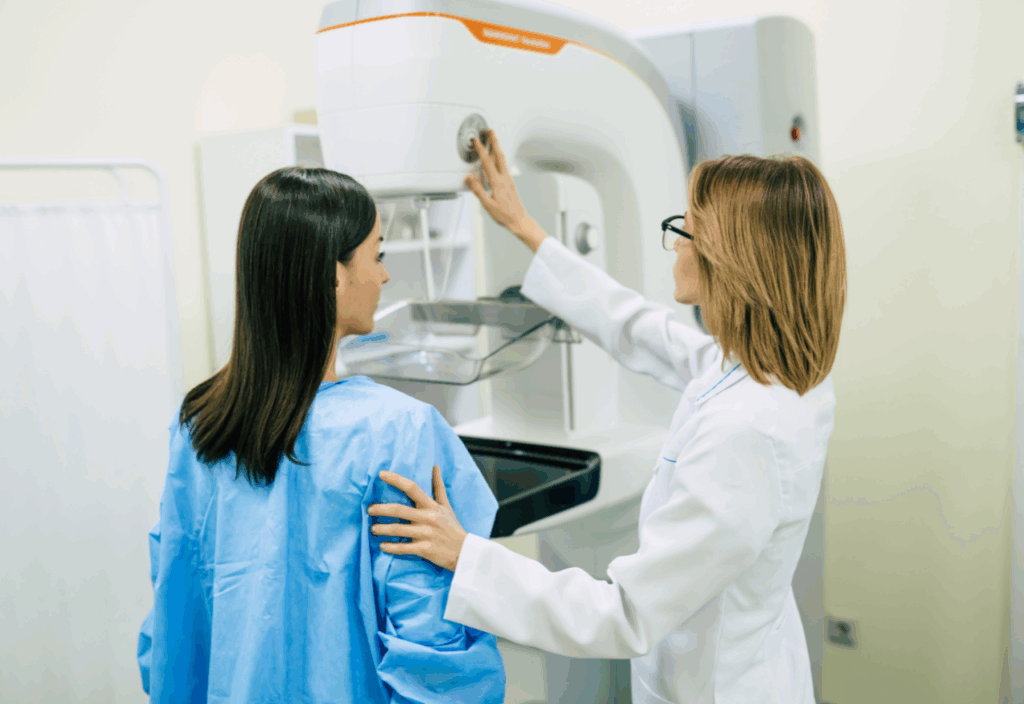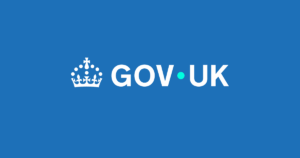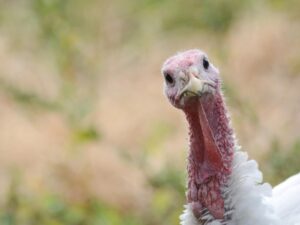
Participation in breast cancer screening programs across Australia has seen a notable increase, with over 1.9 million women aged 50 to 74 participating in the BreastScreen Australia program during the 2023–2024 period. This represents 52% of the target demographic, up from 50% or 1.8 million women during 2021–2022. The latest data was released today in the BreastScreen Australia monitoring report 2025 by the Australian Institute of Health and Welfare (AIHW).
The BreastScreen Australia program offers free biennial mammograms to women aged 40 and above, focusing particularly on those aged 50 to 74. The initiative aims to identify undetected breast cancer, facilitating early treatment and potentially reducing morbidity and mortality rates.
Historical Impact of BreastScreen Australia
Since its inception in 1991, BreastScreen Australia has conducted over 26.7 million mammograms and identified more than 137,000 invasive breast cancers. The program has significantly contributed to a reduction in breast cancer mortality rates, with the age-standardised mortality rate for women halving from 74 to 37 deaths per 100,000 women.
“This decrease is due to early detection along with advances in the management and treatment of breast cancer,” stated AIHW spokesperson Moira Hewitt.
Hewitt emphasized the importance of continued participation in screening programs, noting that the proportion of women aged 50 to 72 who rescreened within 27 months increased with each subsequent screening. After their first screening, 54% returned, rising to 63% after the second, and 78% after the third or higher screening.
Current Trends in Breast Cancer Incidence
Breast cancer remains the most prevalent cancer among Australian women. In 2021, 11,540 new cases were diagnosed in women aged 50 to 74, with 49% of these detected through BreastScreen Australia. This marks an increase from 10,935 cases in 2020.
“Incidence of breast cancer is much higher in older women, with 81% of breast cancers occurring in women aged 50 and over,” Hewitt noted. “Women aged 70 to 74 are particularly at risk, with an incidence rate of 427 new cases per 100,000 women in 2021.”
Implications and Future Directions
The rise in participation rates is a positive indicator for public health, suggesting increased awareness and proactive health management among Australian women. The success of BreastScreen Australia highlights the importance of accessible healthcare services and the role of public health initiatives in cancer prevention.
Looking ahead, experts stress the need for continued investment in screening programs and advancements in treatment options. As the population ages, the demand for such services is expected to grow, underscoring the necessity for sustained government support and public engagement.
The AIHW report serves as a reminder of the critical role early detection plays in combating breast cancer. With ongoing efforts, the goal remains to further reduce mortality rates and improve the quality of life for those diagnosed with breast cancer.
As the healthcare landscape evolves, the focus will likely expand to include more personalized approaches to screening and treatment, leveraging technological advancements to enhance outcomes for patients across Australia.






